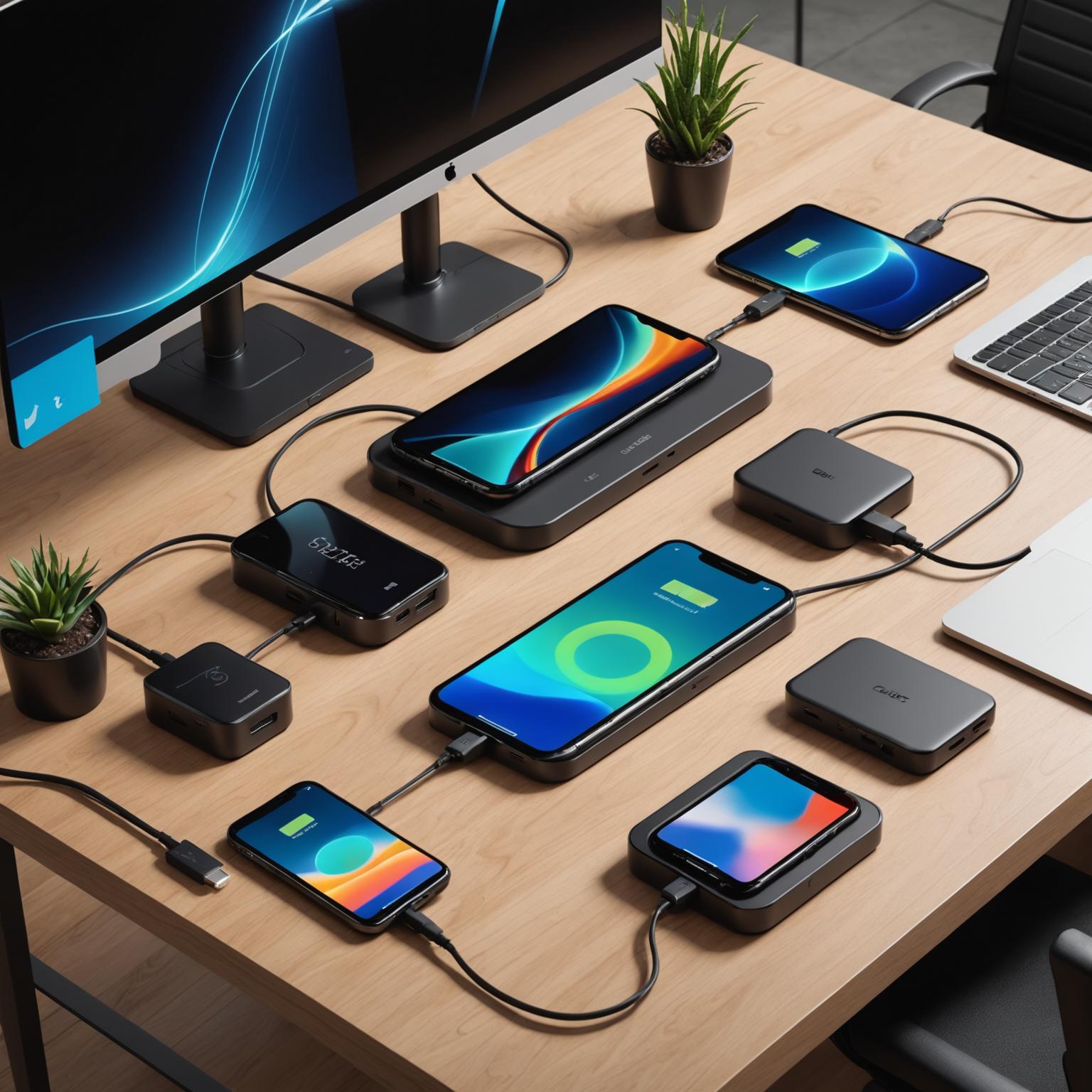This is our independent website, you can check out our products.https://pjcases.com
In today’s fast-paced digital world, the USB-C port has become the universal standard for everything from smartphones and laptops to tablets and accessories. Its reversible design and powerful capabilities have simplified our lives, but they’ve also introduced a new set of choices. When connecting your devices, you’re often faced with a decision: should you use a dedicated cable or a simple adapter? Understanding the key differences between a native type-c data cable and an adapter is crucial for ensuring you get the performance and convenience you expect from your technology.

Dedicated Cable vs. Adapter: A Question of Performance
A dedicated USB-C cable, especially one with Type-C connectors on both ends, is designed to unlock the full potential of the standard. These cables are engineered to support higher power delivery (PD) for rapid charging of power-hungry devices like laptops, and they can handle significantly faster data transfer speeds, including video output to external monitors. In contrast, a type-c to USB adapter serves as a bridge, allowing you to connect your new USB-C device to an older accessory that uses a USB-A port, such as a power brick, car charger, or computer. While incredibly useful for compatibility, the adapter’s performance is ultimately limited by the older USB-A technology it connects to. You won’t get the top-tier charging speeds or data transfer rates that a direct USB-C connection can provide.
Not All USB-C Cables Are Created Equal: Speed and Power
Further complicating the matter is the fact that not every USB-C cable is built to the same specifications. A basic, inexpensive cable might only support USB 2.0 data speeds (around 480 Mbps) and standard charging, making it sufficient for syncing your phone but slow for large file transfers. On the other hand, a high-performance type-c data cable could support USB 3.2 or even Thunderbolt standards, offering data speeds up to 40 Gbps. Similarly, power capabilities vary. Some cables are rated for up to 60W, ideal for phones and tablets, while others are rated for 100W or more, which is necessary to charge a high-performance laptop at full speed. Choosing the right USB-C cable means matching its specifications to the demands of your device and task.
Practical Scenarios: When to Use an Adapter vs. a Full-Spec Cable
The choice between a cable and an adapter often comes down to the specific situation. A type-c to USB adapter is an essential, portable tool for backward compatibility. It’s perfect for when you need to use your new phone with an older power bank, connect to your car’s infotainment system, or plug into a computer that only has USB-A ports. It’s a problem-solver for navigating a world with mixed port types. However, when performance is paramount, a dedicated, high-quality cable is non-negotiable. For fast-charging your MacBook, connecting to a 4K USB-C –display, or transferring a large video project from a camera to your hard drive, a full-featured cable ensures you’re not creating a bottleneck. This is where investing in robust, intelligently designed cables that resist tangling and feature reinforced connections pays off, providing speed and reliability.
Making the Right Connection for Your Needs
Ultimately, there is no single ‘best’ solution; there is only the right tool for the job. A type-c to USB adapter is your go-to for convenience and compatibility with legacy devices, ensuring you can always get a charge or connection. A high-specification USB-C cable is your key to unlocking the maximum power and speed that your modern devices were designed for. The savvy tech user understands this distinction and builds a collection of high-quality charging solutions—from versatile adapters for on-the-go flexibility to durable, high-speed cables for home and office performance—to ensure they are always prepared and powerfully connected.
